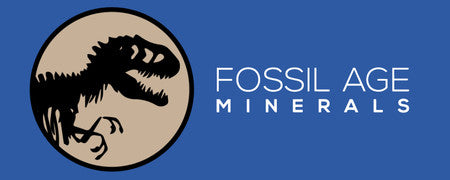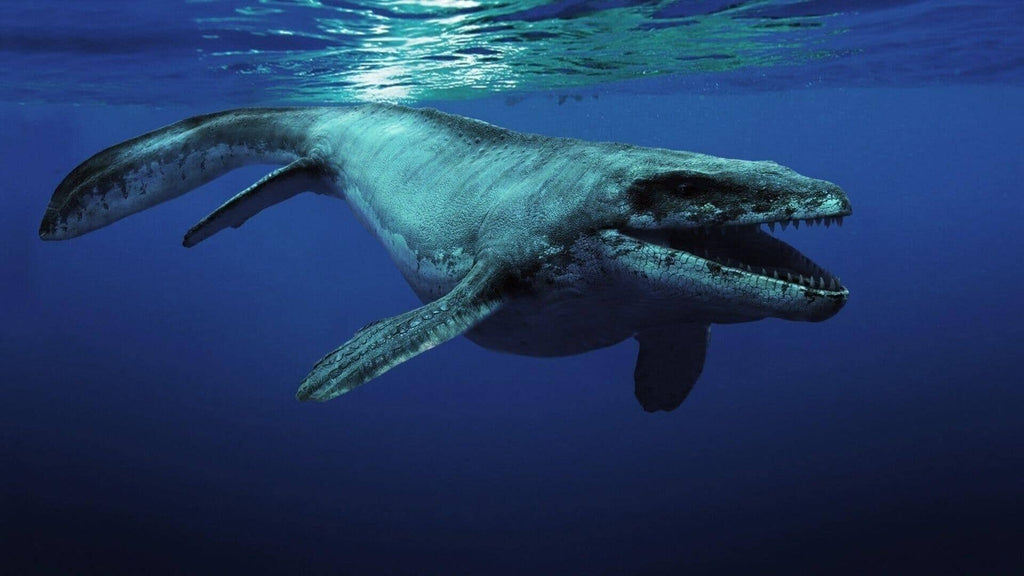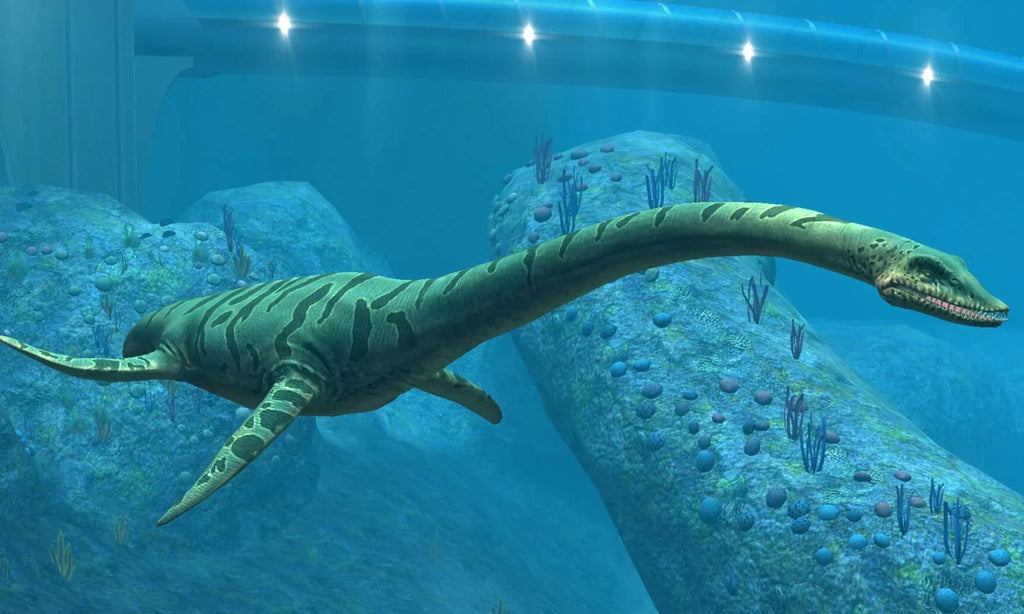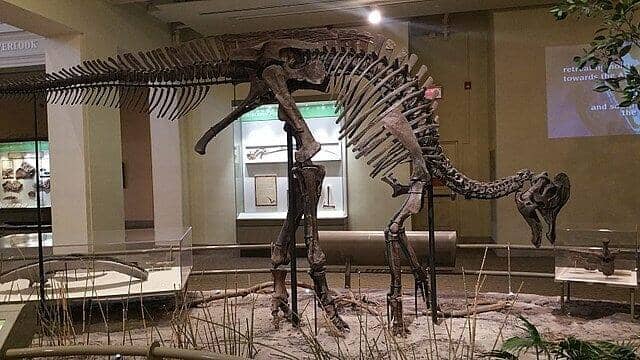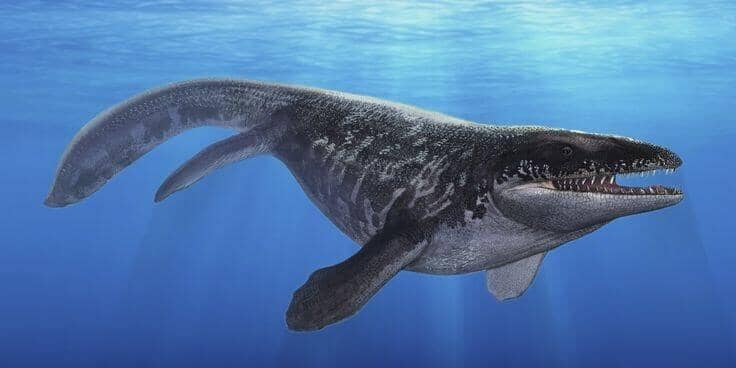News
The Reigning King of the Ancient Seas: Unveiling the Mighty Mosasaur Prognathodon
Fossils are of great importance to professionals in fields such as paleontology, geology, and biology, as they provide evidence of past life forms and environments and help us understand life's evolution on Earth. By studying fossils, scientists can learn about extinct species' morphology, behavior, and ecological relationships, as well as how these species adapted to changing environmental conditions over time. Mosasaur Prognathodon fossils are valuable tools for connecting us to our past and the natural world. They allow us to explore life's deep history on Earth and understand the complex relationships between organisms and their environments. In addition, fossils can inspire...
"Elasmosaurus: The Plesiosaur with the Unbelievably Long Neck"
Fossils are unique and fascinating in many ways, not only because they provide a glimpse into the past and connect us to the natural world profoundly. They allow us to see the diversity of life that has existed on Earth over millions of years and remind us of our place in the larger story of life. Elasmosaurus Fossils also help us understand the connections between different species and how they have evolved. For example, the discovery of transitional fossils, which show intermediate stages between different species, provides evidence for evolution and helps us understand how species have changed over time....
Everything To Know About Lambeosaurus Fossils
Lambeosaurus comes from the family of hadrosaurid dinosaurs that lived around the Late Cretaceous period in North America around 76 million years ago. The Lambeosaurus are known for their quadrupedal or bipedal structure. Further, these non-avian dinosaurs are best known for their distinctive hollow cranial crest. Lambeosaurus fossils have been found in Mexico, the United States, and Canada near the basins and valleys. Lawrence Lambe coined the first genus name in 1902. However, William Parks recoined the name to honor the contributions of Lambe to preserve the specimens. The genus shares a complicated taxonomic history with the crested hadrosaurids to be...
Everything To Know About Platecarpus Fossils
Platecarpus fossils are a genus of mosasaur, a group of large marine reptiles that lived around 80 to 100 million years ago during the Late Cretaceous period. Mosasaurs were fully aquatic reptiles that evolved from land-dwelling lizards and snakes, and they were adapted for life in the water with streamlined bodies, long tails, and four flippers for swimming. In this context, there are several vital points about Platecarpus fossils. Quick Facts About Platecarpus Fossils Platecarpus fossils have been found worldwide, including in the United States, Canada, and Mexico. Platecarpus had a long, slender body that could reach up to 4.5...
Everything To Know About Gorgosaurus fossils
How come from a familia of one of the most famous dinosaurs and not so famous? Such is the case with Gorgosaurus, which comes from the genus of Tyrannosaurus familia. Therefore, these reptiles follow almost the same habits and behavior as the T-rex. However, this genus of carnivorous theropod dinosaurs lived approximately 76-68 million years ago during the Late Cretaceous period. Scientists predicted by studying Gorgosaurus fossils that these predators used to have an estimated length of 8-9 meters (26-30 feet) and a weight of around 2.5-3.5 tons. It had a large head with powerful jaws, sharp teeth, and binocular...

